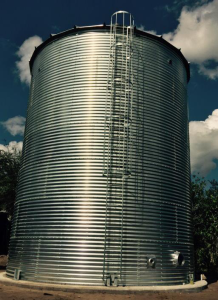 Why do steel tanks make sense for water storage?
Why do steel tanks make sense for water storage?
Fire suppression tanks from Contain Water Systems Inc., distributed by RainBank Rainwater Systems of Seattle, are fully NFPA certified and carry a 20 year warranty. Structural and seismic engineering and full installation are available throughout the U.S. Tank packages are delivered to your site where an experienced team will assemble, test, & certify that the tank has been built to Contain Water Systems’ quality standards.
 All anti vortex, penetration flanges, caged ladders, and level indicators are specified to meet your project’s NFPA 22 and OSHA requirements.
All anti vortex, penetration flanges, caged ladders, and level indicators are specified to meet your project’s NFPA 22 and OSHA requirements.
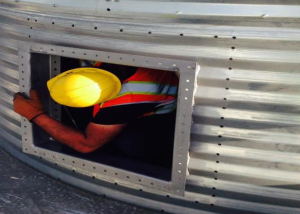
Safety is always a priority for RainBank Rainwater Systems and Contain Water Systems. A ground level, through the liner access panel eliminates confined space entry during construction and maintenance.
No matter if your project is commercial or residential, rainwater harvesting, or fire suppression, costs are always a concern. Many dealers are third or even fourth party in steel water tank sales, of course each adding their markup. As a Contain Systems Inc. distributor, there is no middleman – which boosts affordability. We sell Contain Tanks to dealers and the public. We install what we sell, no subcontractors, and we stand behind our product line. Contain Water Systems Inc. water tanks carry an unmatched 20-year warranty if installed by RainBank Rainwater Systems or a certified installer.
Contact us for more information:

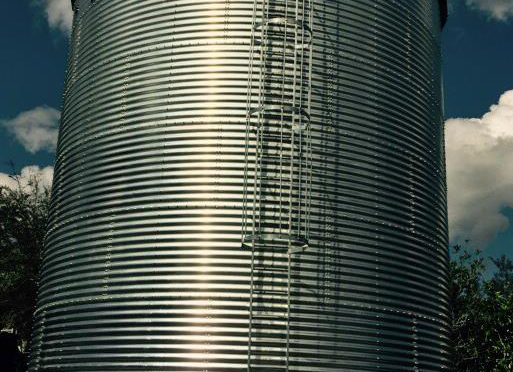
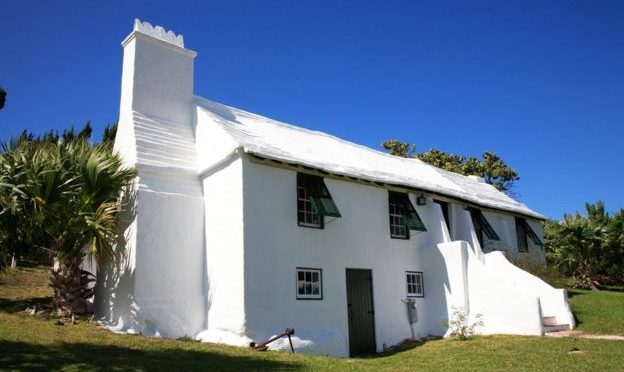
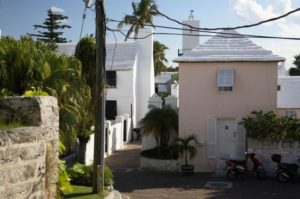
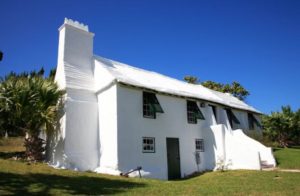
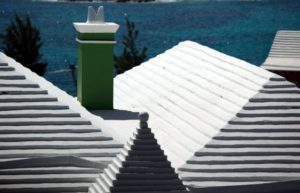 Necessity is the mother of invention. These early settlers, as well as today’s inhabitants, are meeting their needs through conservation and cooperation.
Necessity is the mother of invention. These early settlers, as well as today’s inhabitants, are meeting their needs through conservation and cooperation.